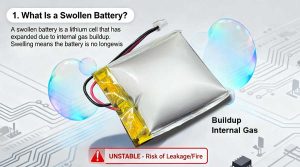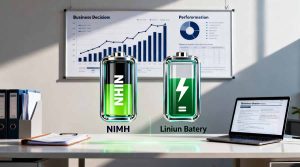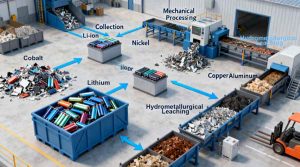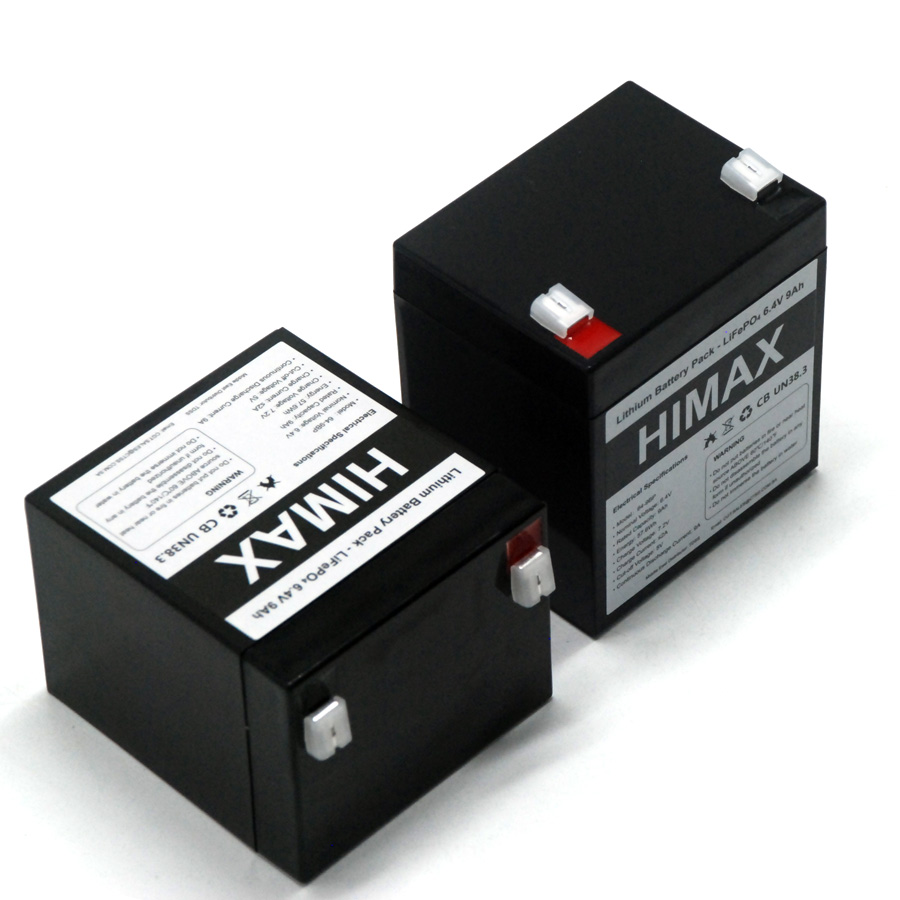Swollen lithium batteries are a common issue that many people encounter, whether in smartphones, drones, RC vehicles, power banks, laptops, or even LED lighting systems. But despite how common the problem is, most users still don’t know exactly why swelling occurs, how dangerous it can be, and what the correct steps are to handle a swollen battery safely.
At Himax Battery, we manufacture lithium-ion, LiFePO4, and LiPo batteries for global OEM customers, and we frequently receive questions about battery swelling from both consumer-level users and large-scale procurement clients. This article provides a complete, practical guide—designed to help individuals, technicians, and businesses understand swollen batteries and respond correctly.
This is not just another generic safety article. Our engineering team has built this guide from real-world cases, manufacturing experience, and technical insights gathered from our work producing millions of lithium battery cells and packs. This guide reflects what we would tell any customer—whether you use one battery or purchase thousands monthly.
1. What Is a Swollen Battery?
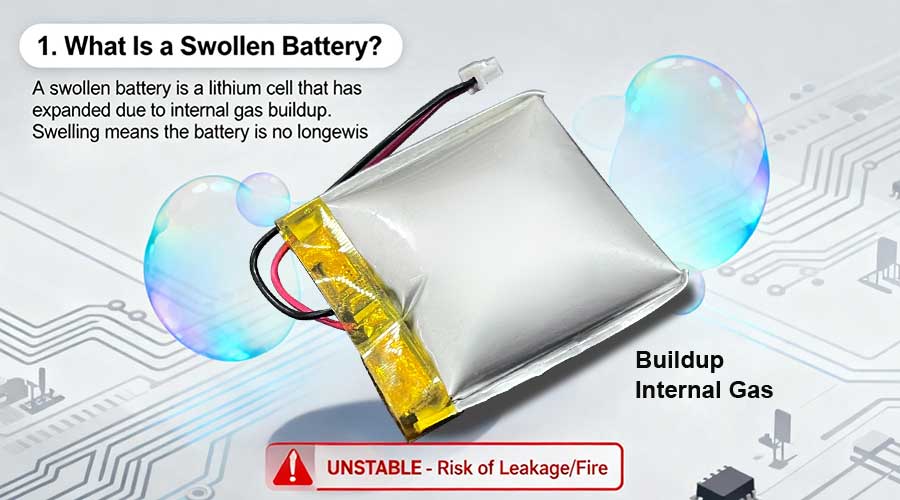
A swollen battery is a lithium cell that has expanded due to internal gas buildup. This swelling is most noticeable in pouch-style LiPo batteries but can also occur in cylindrical cells (18650/21700) and prismatic Li-ion packs when internal pressure increases.
Swelling means one thing: the battery is no longer stable.
Inside every lithium battery, chemical reactions take place as the cell charges and discharges. When these reactions go abnormal—due to aging, heat, overcharging, contamination, or internal breakdown—the electrolyte can decompose and release gas.
That gas has nowhere to go, so the pouch or casing expands.
A swollen battery is not “just old.”
It is a warning sign that the battery may:
- leak electrolyte
- vent gases
- generate excessive heat
- go into thermal runaway
- catch fire if punctured
The danger level depends on the severity of the swelling and what caused it, but the guiding rule is simple:
If a battery is swollen, stop using it immediately.
2. What Causes Lithium Battery Swelling?
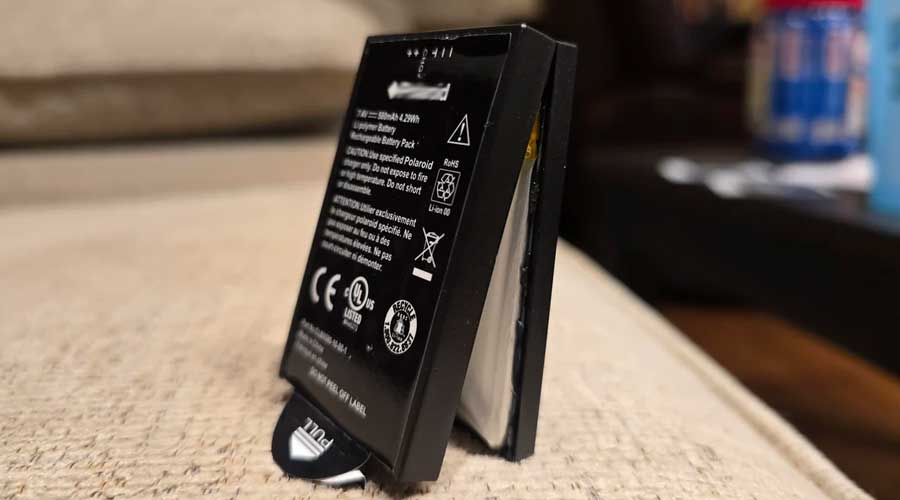
Battery swelling is not random. It happens due to a combination of chemical aging, environmental stress, improper charging, or physical damage.
Here are the most common causes:
① Aging and Natural Degradation
Every lithium battery ages as it cycles. Over time, the SEI (Solid Electrolyte Interphase) layer thickens, internal resistance increases, and chemical stability decreases.
When internal components degrade, gas production becomes more likely.
Older batteries >2–3 years old are especially prone to swelling.
② Overcharging or Poor Charging Control
Charging above the safe voltage limit (typically 4.2V for Li-ion) can severely damage the electrolyte.
Causes include:
- Cheap, uncertified chargers
- Faulty charging circuits
- Damaged or low-quality protection boards
- USB ports delivering unstable voltage
Overcharging is one of the most common contributors to swelling.
③ Excessive Heat Exposure
Lithium batteries are highly sensitive to heat. Temperatures above 60°C (140°F) accelerate internal breakdown.
Common heat exposure scenarios include:
- Leaving a device in a hot car
- Using a high-current device without proper ventilation
- Charging under blankets or pillows
- Using a device while charging
Heat + lithium chemistry = fastest route to swelling.
④ Physical Damage or Internal Short Circuit
Even minor damage—crushed corners, bending, pressing, impacts—can cause internal short circuits.
An internal short can trigger gas production rapidly.
⑤ Manufacturing Defects (in low-quality batteries)
Inconsistent separators, contaminated electrolyte, or poor sealing significantly increase swelling risks.
This is why choosing a reputable manufacturer like Himax Battery is essential for bulk buyers.
3. Why a Swollen Battery Is Dangerous
A swollen battery might look harmless, but internally it could be unstable and unpredictable.
Potential risks include:
- Fire — If the casing punctures or pressure becomes extreme
- Thermal runaway — A self-heating reaction that cannot be stopped
- Chemical leak — Irritating or corrosive liquid electrolyte
- Device damage — Swelling can crack screens, damage circuit boards, or deform housings
Even if no fire occurs, swollen batteries can ruin expensive equipment.
Swelling is a clear sign that the battery should be removed from service immediately.
3. What To Do Immediately If Your Battery Is Swollen
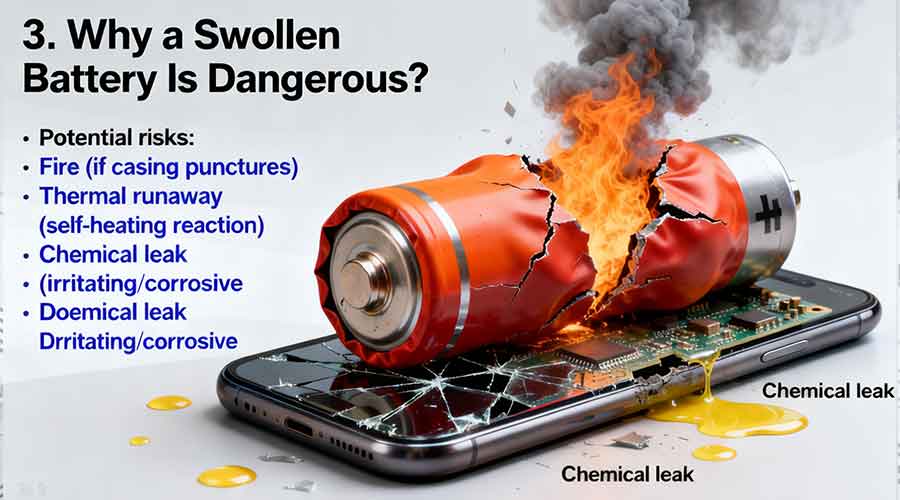
When you encounter a swollen battery, follow these steps in order. These guidelines apply whether you are an individual user, technician, or business handling multiple packs.
Step 1: Stop Using the Device
Power off the device right away.
Do not attempt to recharge or discharge the battery. Both actions create heat, which can worsen the swelling or trigger failure.
Step 2: Remove the Battery If It Is Safe
If the battery is removable without bending, pressing, or forcing anything—take it out carefully.
If it is glued or difficult to remove:
- Do not use sharp tools
- Do not apply pressure
- Consider taking it to a repair center
A puncture could be extremely dangerous.
Step 3: Move It to a Safe, Non-Flammable Area
A swollen battery should be placed:
- outdoors
- on a balcony
- in a garage with ventilation
This reduces the risk of smoke or fire becoming a household hazard.
Step 4: Store It in a Fire-Safe Container
Recommended temporary containment:
✔ Metal bucket filled with sand
✔ Fireproof LiPo safe bag
✔ Metal box lined with cat litter or dirt
Avoid plastic containers—they can melt if the battery heats up.
Step 5: Take It to a Certified Recycling or Disposal Center
Swollen batteries must never go into regular household trash.
Use one of the following:
- E-waste centers
- Local hazardous waste facilities
- Battery recycling services (such as Call2Recycle in the U.S.)
- Electronic repair shops that accept damaged batteries
Many major retailers also accept battery drop-offs.
Never mail a swollen battery yourself without following dangerous goods regulations, especially for businesses.
4. What NOT To Do

Many accidents occur because people handle swollen batteries incorrectly.
Here are the most important “never do this” rules:
❌ Do not charge it
❌ Do not puncture or squeeze it
❌ Do not store it in your home long-term
❌ Do not try to “flatten” or “press” it back into shape
❌ Do not toss it into the trash
❌ Do not expose it to heat
If the battery begins smoking or hissing, evacuate and call emergency services.
6. What If the Battery Starts Leaking, Smoking, or Heating Up?
A battery showing these signs is in critical failure.
If you notice:
- a chemical smell
- white smoke
- hissing sounds
- unusual heat
Then:
1.Move away from the battery immediately
2.Keep people away
3.Do not touch it or attempt to move it
4.If fire occurs, use a Class ABC or BC fire extinguisher
5.If indoors, ventilate the area as soon as you can safely do so
Lithium fires burn extremely hot and release toxic gases.
7. How to Prevent Battery Swelling
Prevention is better than dealing with an emergency. Here are the best practices to extend battery life and avoid swelling.
① Avoid Heat
Heat is the #1 enemy of lithium batteries.
- Don’t leave devices in cars
- Avoid charging under blankets
- Keep battery-powered tools ventilated
- Remove batteries from chargers once full
② Use High-Quality Chargers
Poor charging control kills batteries faster than anything else.
Use:
- certified chargers
- OEM chargers
- chargers with overvoltage/overcurrent protection
Avoid $2 USB chargers—they are unsafe and damage cells.
③ Avoid Storing at 100% Charge
For long-term storage, keep lithium batteries between 30–50% charge.
Fully charged storage accelerates swelling in LiPo and Li-ion cells.
④ Use Proper Storage Conditions
Ideal storage:
- cool, dry location
- away from direct sunlight
- not squeezed or compressed
- stored in fireproof container if old or questionable
⑤ Buy from Reputable Manufacturers
Cheap, untested cells are the most likely to swell.
At Himax Battery, each cell undergoes:
- incoming cell material inspection
- internal resistance & capacity testing
- cycle testing
- safety circuits QC
- pack-level aging and stress tests
A well-made battery is far less likely to swell.
8. Why Businesses Should Take Swollen Batteries Seriously
For companies using batteries in production (flashlights, tools, solar systems, UPS units, medical devices, mobility devices, etc.), swollen batteries can create:
- warranty claims
- shipping hazards
- workplace safety incidents
- damage to inventory
- compliance risks
OEM and bulk purchasers should ensure:
- proper cell sourcing
- BMS protection tailored to application
- safe charging circuitry
- batch testing
- quality certification (UL, IEC, CE, UN38.3)
Himax Battery works with many such clients to create safe, reliable battery solutions that minimize swelling risk.
9. Summary Checklist
A swollen battery is unsafe. Here’s your quick action plan:
Do:
✔ Stop using it
✔ Remove safely
✔ Store in fireproof container
✔ Recycle through authorized facilities
Do NOT:
✘ Charge
✘ Puncture
✘ Continue using
✘ Throw in trash
10. Final Note from Himax Battery
Our mission as a lithium battery manufacturer is not only to supply reliable cells and custom packs, but also to ensure every user—from hobbyists to engineers to large-scale OEM buyers—understands how to handle lithium batteries safely.
If your company needs:
- custom battery pack design
- safety testing guidance
- bulk battery supply
- technical consulting
- replacement solutions
- OEM/ODM services
Our engineering team is ready to help.
Visit HimaxBattery.com to learn more or contact us with your project.
Safety first—performance second—but both start with knowledge.


